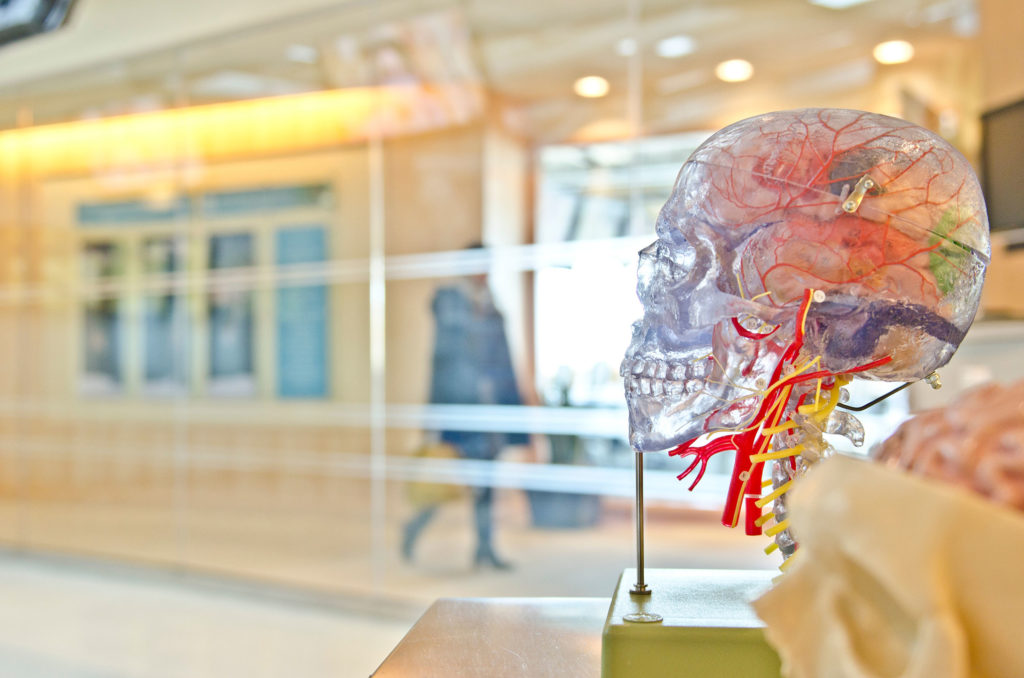This could lead to better studies of concussions and strokes.

Growing brains in laboratories was just the start for scientists. Next up is vasculature. By studying the naturally occurring capillaries discovered on the mini-brains, researchers from Brown University say that they will be able to conduct bigger investigations into things like strokes and concussions.
After some three days of culturing the mini-brains, the scientists discovered that a majority of the samples had developed on their own. After inspecting the “tangles of spaghetti,” the researchers found that said tangles had grown on their own and were comprised of the cells and proteins found in blood vessels, according to Eurekalert.
Naturally, there wasn’t any blood flowing through them but senior author of the study Diane Hoffman-Kim said she has a few ideas for how to make that happen. One would involve hooking a special device to provide circulation, called a microfluidic apparatus, to the mini-brains.
Should this all pan out, it could give scientists a better idea of how the brain and vascular system work and even spare the lives of a few test animals in the process. There are probably at least a few white mice that could get behind that idea.
Leave your vote
This post was created with our nice and easy submission form. Create your post!



